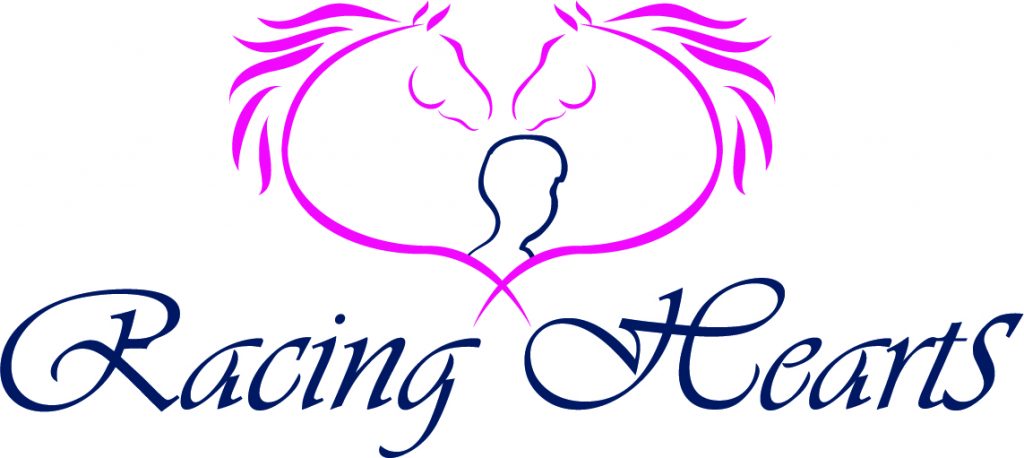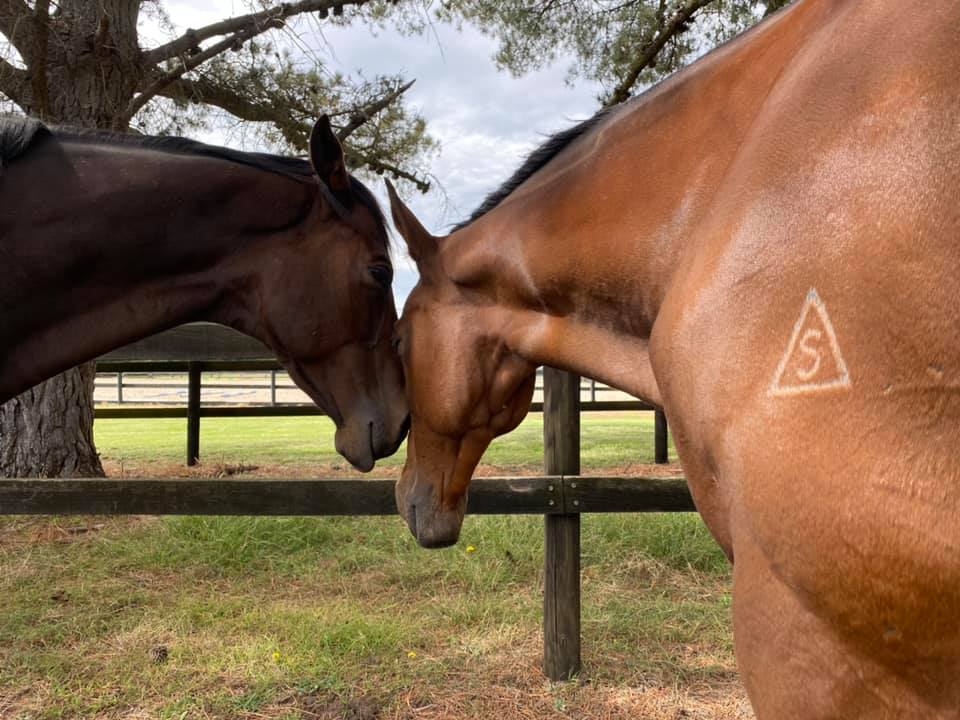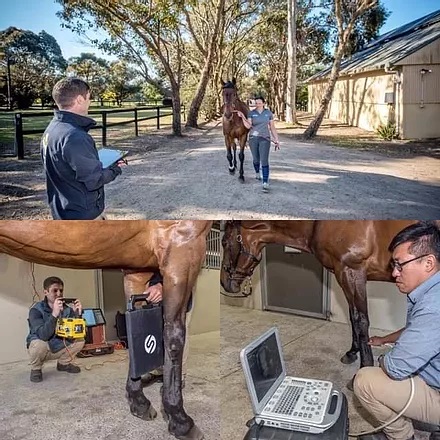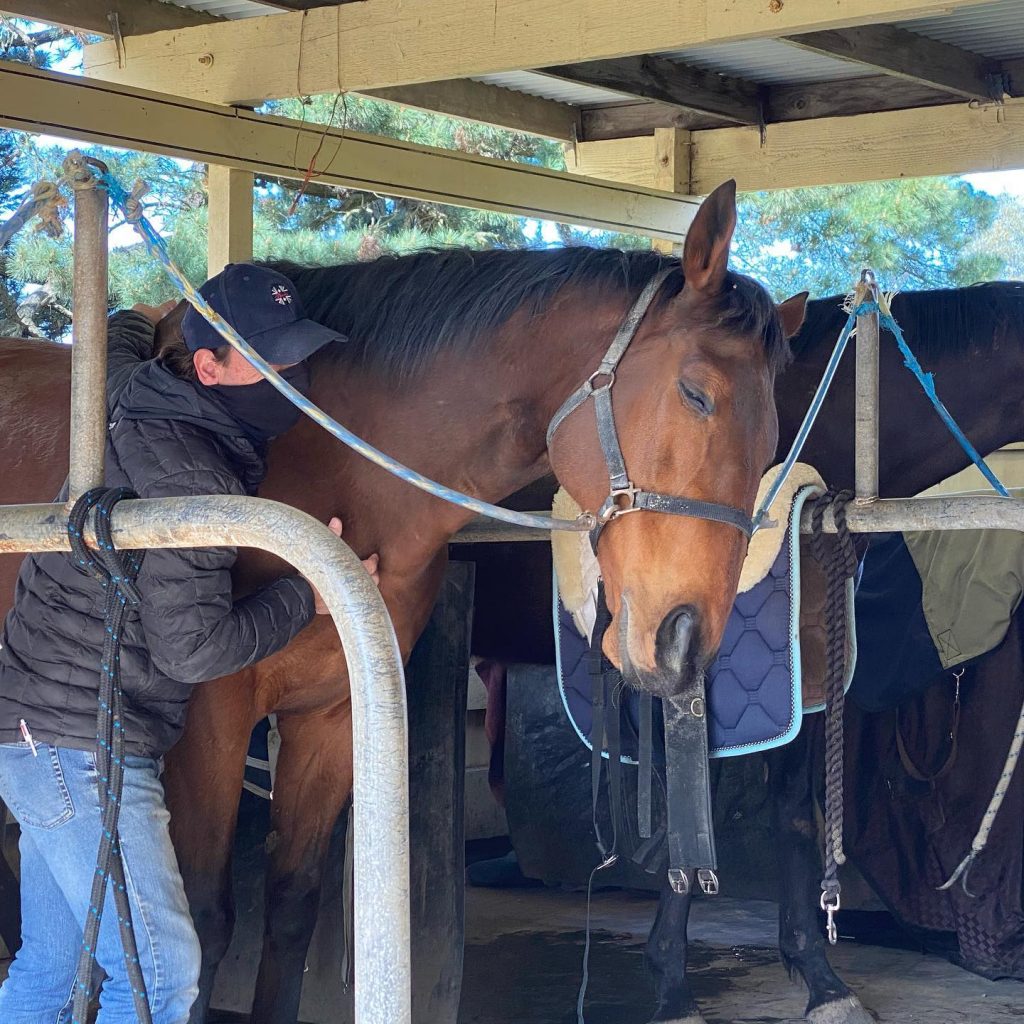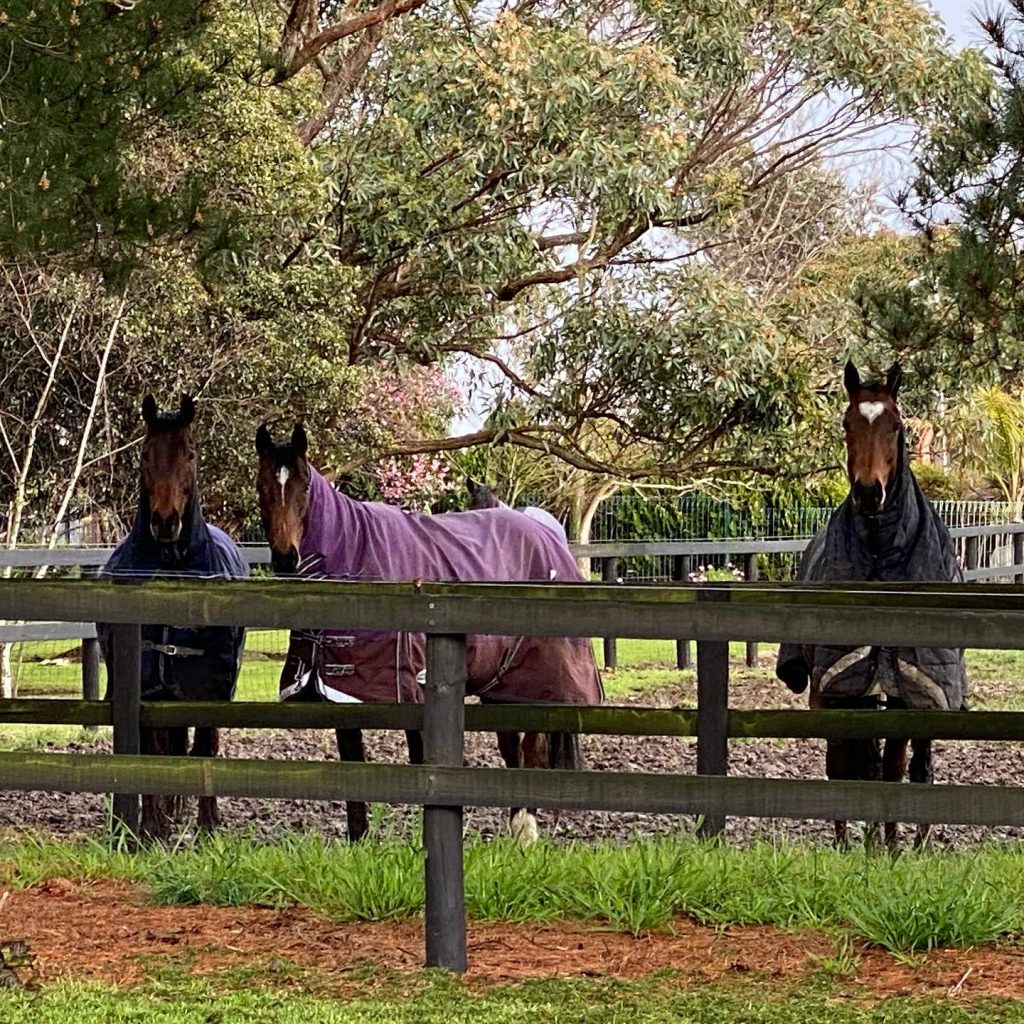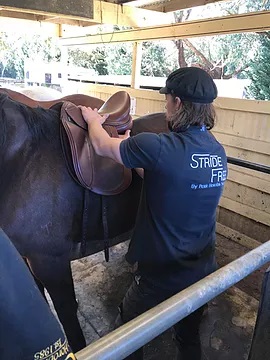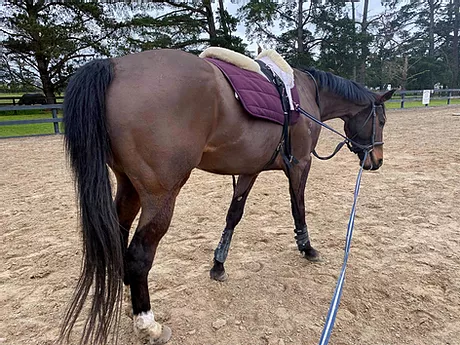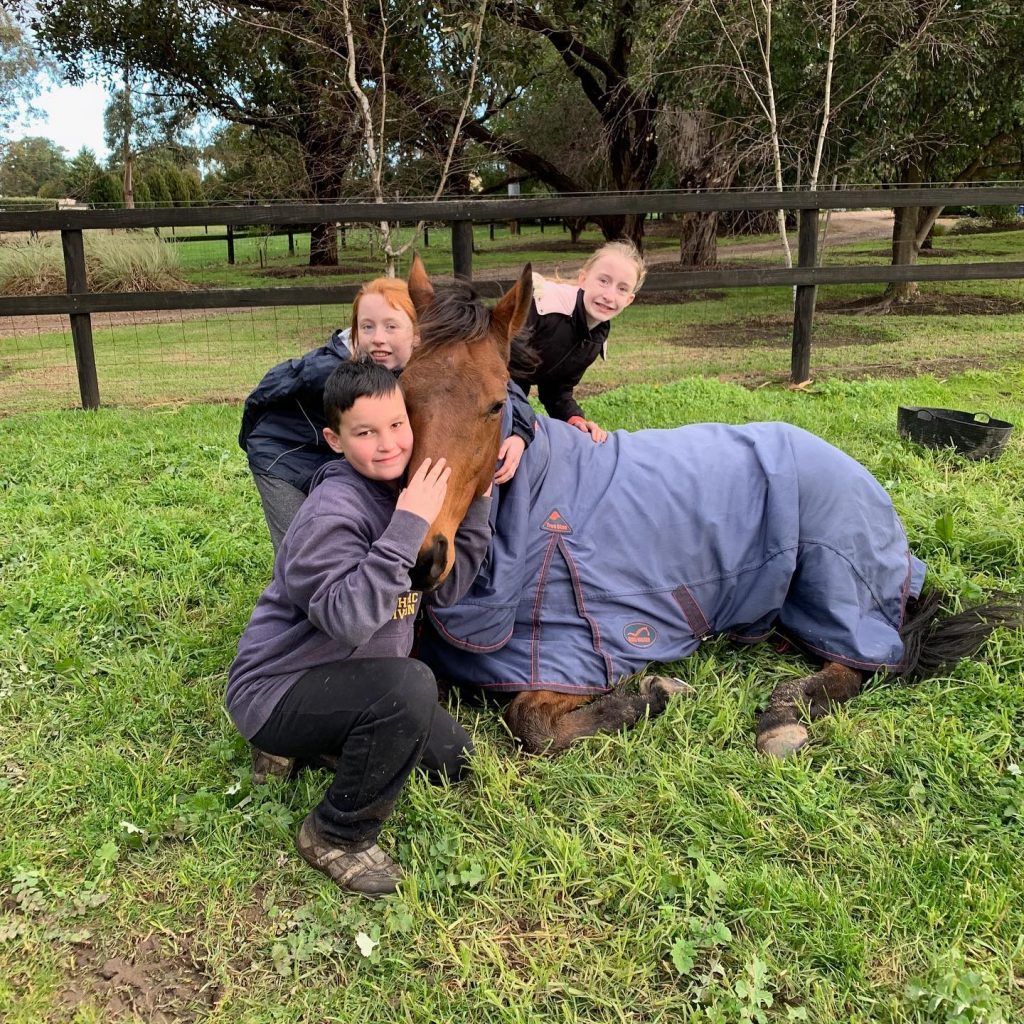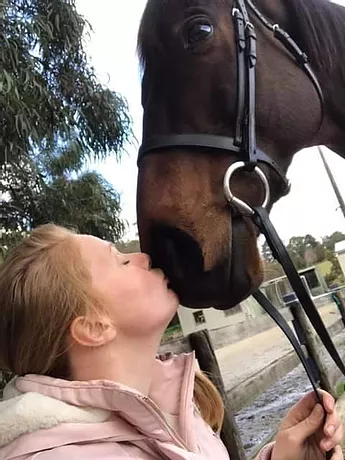Step 7: Finding A New Home
When we are confident that each horse is ready to find a new home we advertise them through various media channels. We are very picky about where our horses go from our care. Many horse stay with us or go to other therapy horse organisations.
